sparky_bird
New member
- Oct 13, 2013
- 8
- 0
my pearly conures wing were clipped by the previous owners.but after i got him i was told he would never fly again because his feathers were clipped past growth plates 

Follow along with the video below to see how to install our site as a web app on your home screen.
Note: This feature may not be available in some browsers.





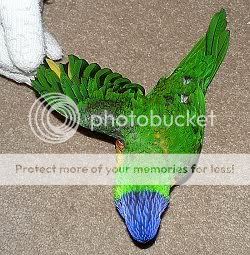

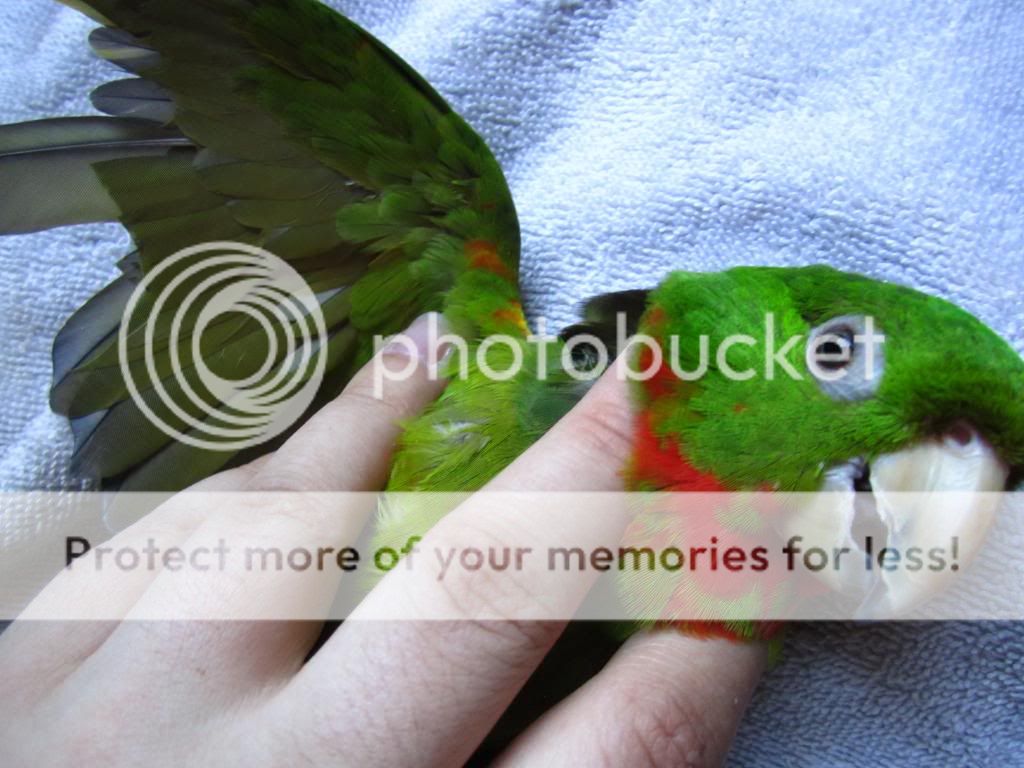
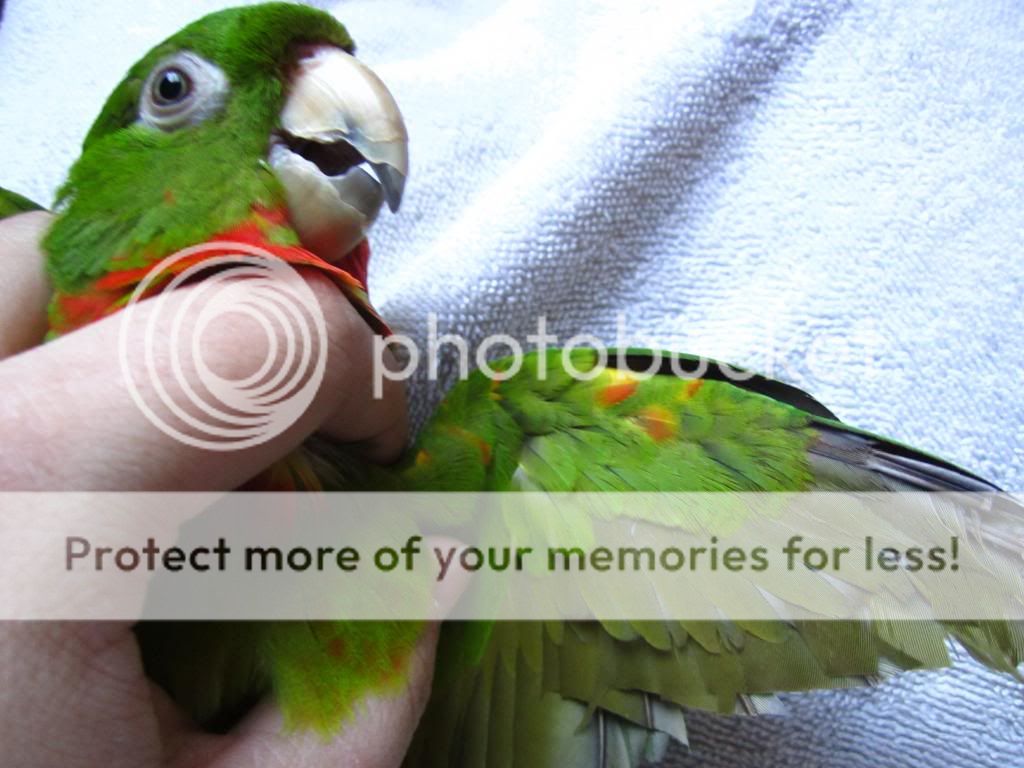
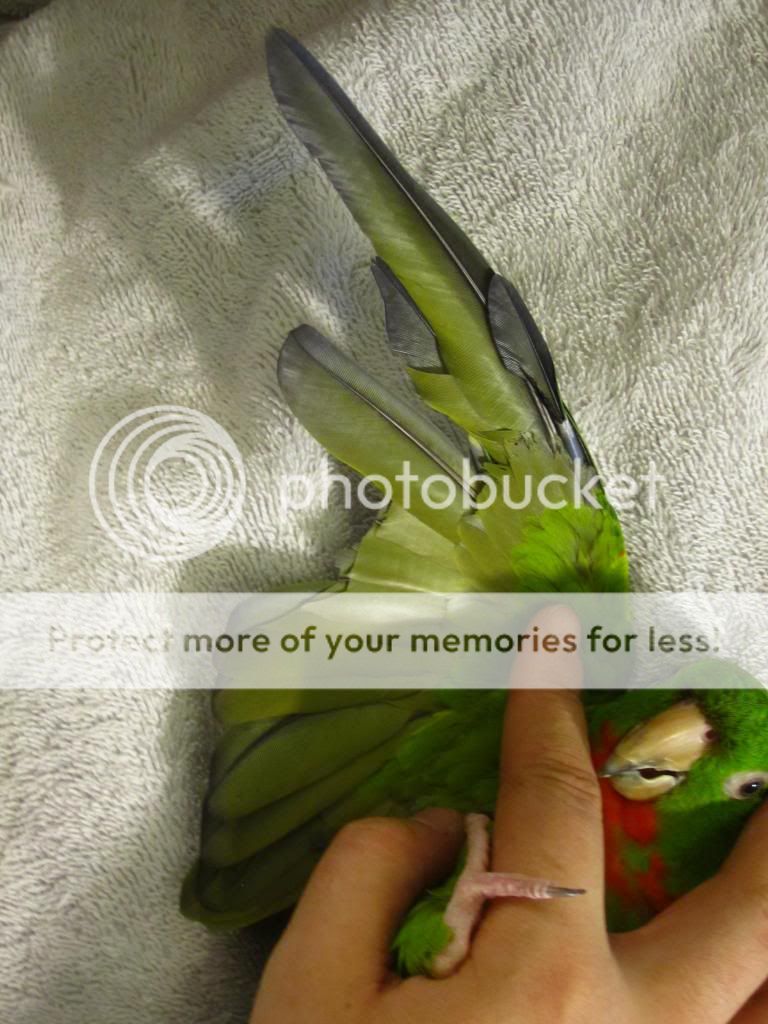
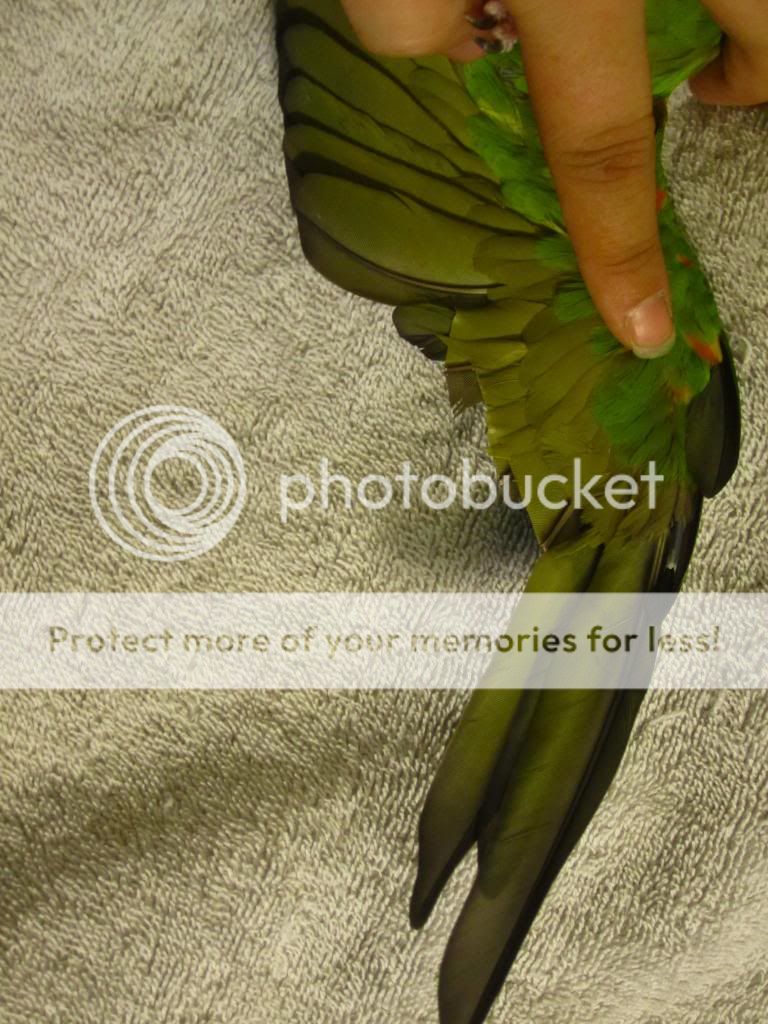



I see. I didnt quite understand pinioning, thanks.Pinioning is usually regulated for zoos with open aviaries... and mostly Water Fowl that don't do as much flying.
Geese, Chickens, and Ducks.. along with Turkey and Swans are the most commonly pinioned birds.
Basically birds that spend most of their time on the ground anyway, domesticated to the point that flight isn't usually possible savefor more than several meters.
I grew up on a farm and though we didn't pinion our birds we did clip one wing. Farm birds don't often need that balance that parrots do; say you have a pinioned bird... (Pinioning is usually only done on one wing.)
And your parrot is up high... well with a pinioned bird that lack of balance means most of the time the bird is going to fall.. and fall hard. Where as with a properly clipped parrot they tend to glide.
If a bird falls it is likely to be on the chest; and then the breast bone will likely break.
Death.. fatalities, that you don't see in hardier farm animals; because they have been BRED for hardiness; musculature as food animals.
Parrots haven't been.. and so the flight response instinct is still intact.
Besides the feathers never grow right afterwards and you end up with a chronically problamatic bird with seasonal wing pain. Not to mention a higher chance to have a plucker as a pet.
Pinioning in Parrots is not advised.. for most of those reasons.
Not to mention its like taking off your arm at the wrist.. what is a bird without wings?
A person without a hand.

Wow, climbing trees?Exactly.
My dad used to clip for that reason; and chickens are oddly resiliant and smart birds despote what others say.
Ours learned how to CLIMB the trees.
We did however have an incident with a dog that got into the fenced area and killed most of them. Only the ones that weren't clipped made it high up in the trees.
We only clipped two primaries after that.
Also Clipping is also done for easy capture.. Seriously.. chasing after dinner with a broom gets old after a while... lols.
(Chickens of course.)
